Heinrich Dunst: sink28.1.–30.4.2023
Exhibition
As part of our quest for relevant contemporary objects and forms, the HALLE FÜR KUNST is presenting a solo show by Heinrich Dunst, Austria’s currently most important conceptual artist. His work focuses on the analysis of art and on testing its potential, with language and object in an open dialogue with one another. His show sink sets art and its signs in motion by creating a dynamic referential media interplay of the visible and invisible, composed of thing, image and instruction — thereby proposing possible responses to the ambiguous signs of our fragmented present.
Views
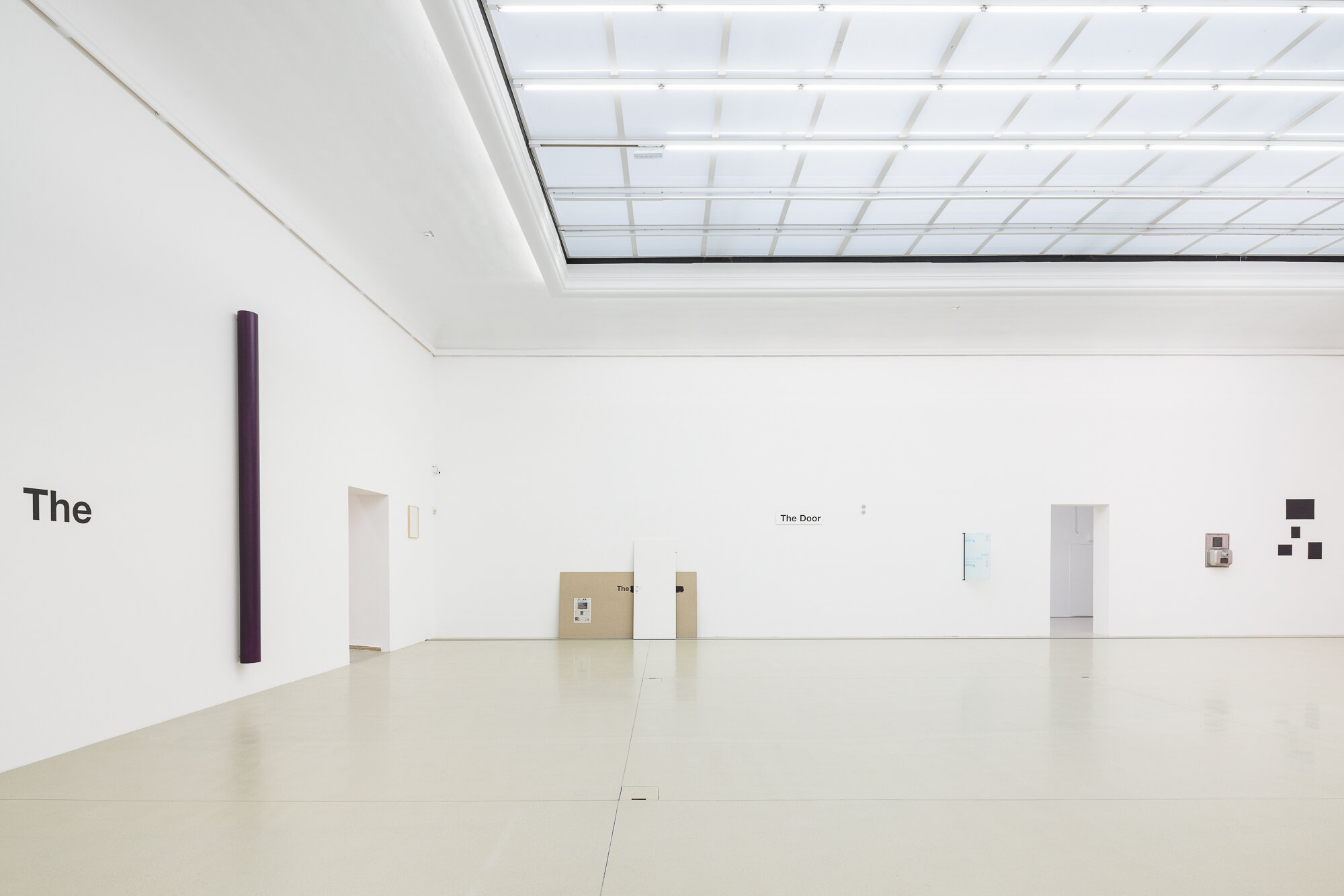
Heinrich Dunst: sink, 2023
Exhibition view
Photo: kunst-dokumentation.com
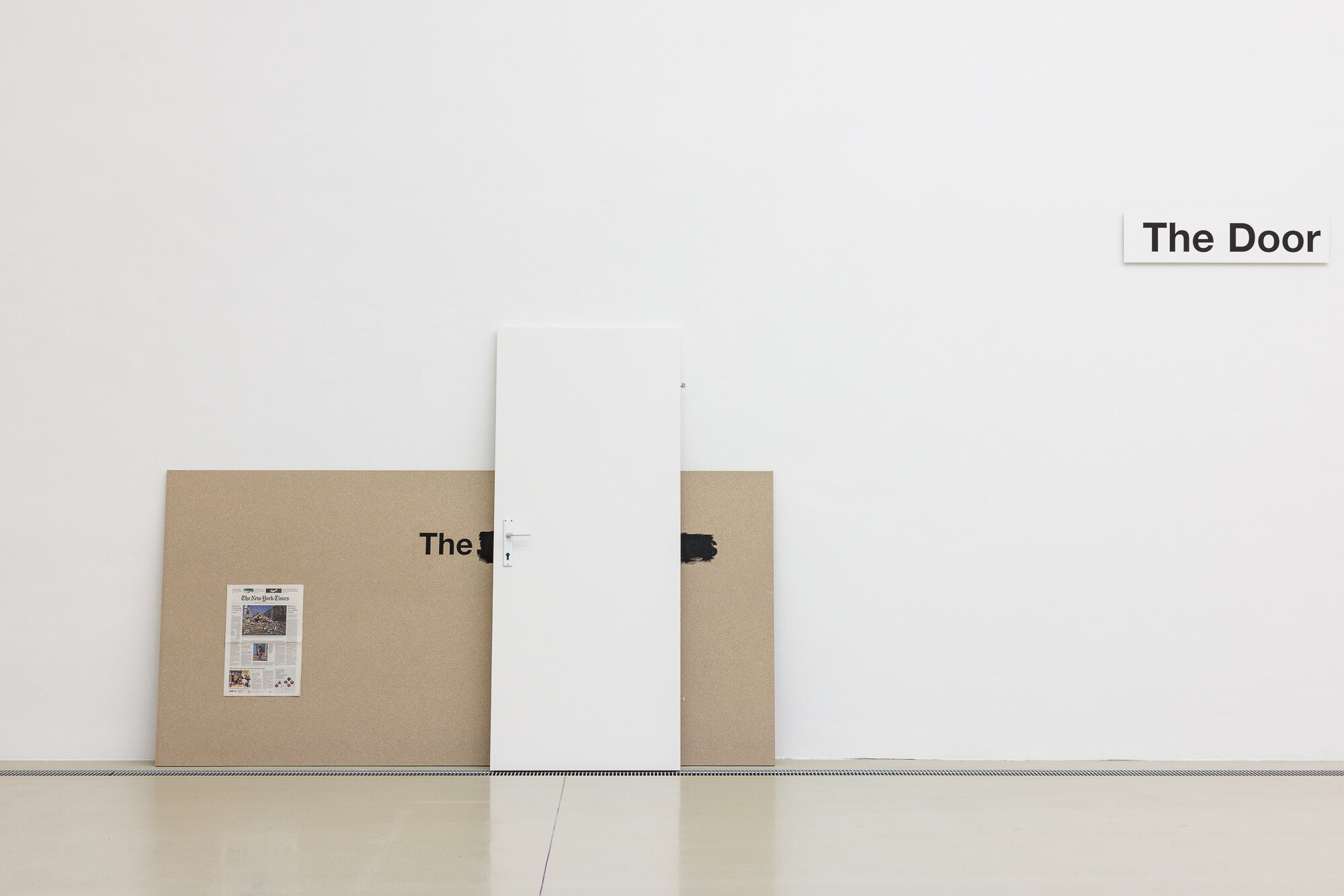
Heinrich Dunst, The Door, 2022
Five-part group of works, variable dimensions
Blank sheet, framed
Newspaper New York Times
Press board raw, 280 × 135 × 1,9 cm
Door leaf with metal mounts, 85 × 205 × 4 cm
Sign, print on paper laminated on Dipond, 88 × 22 × 1,5 cm
Courtesy Galerie nächst St. Stephan Rosemarie Schwarzwälder, Vienna
Photo: kunst-dokumentation.com
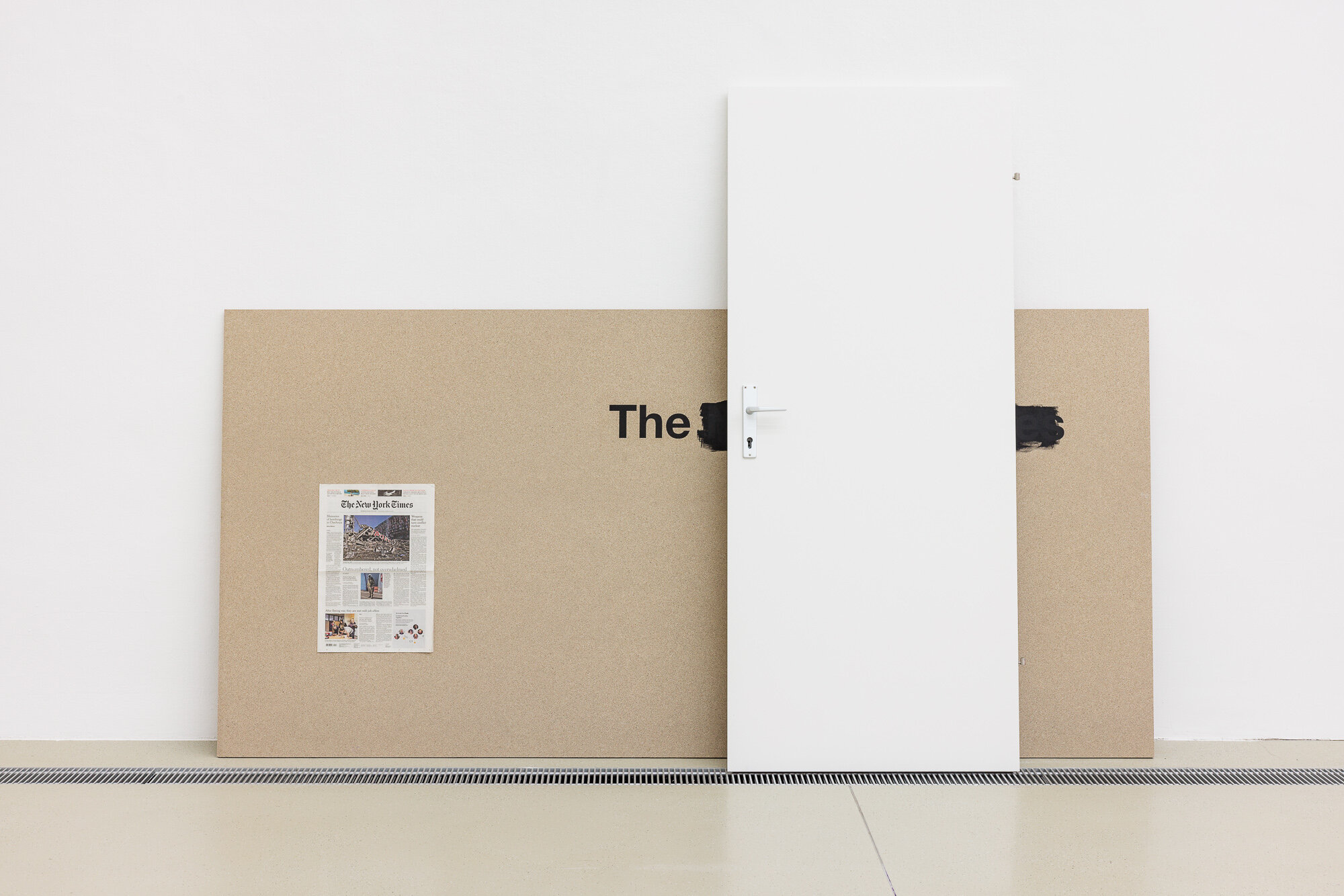
Heinrich Dunst, The Door, 2022
Five-part group of works, variable dimensions
Blank sheet, framed
Newspaper New York Times
Press board raw, 280 × 135 × 1,9 cm
Door leaf with metal mounts, 85 × 205 × 4 cm
Sign, print on paper laminated on Dipond, 88 × 22 × 1,5 cm
Courtesy Galerie nächst St. Stephan Rosemarie Schwarzwälder, Vienna
Photo: kunst-dokumentation.com
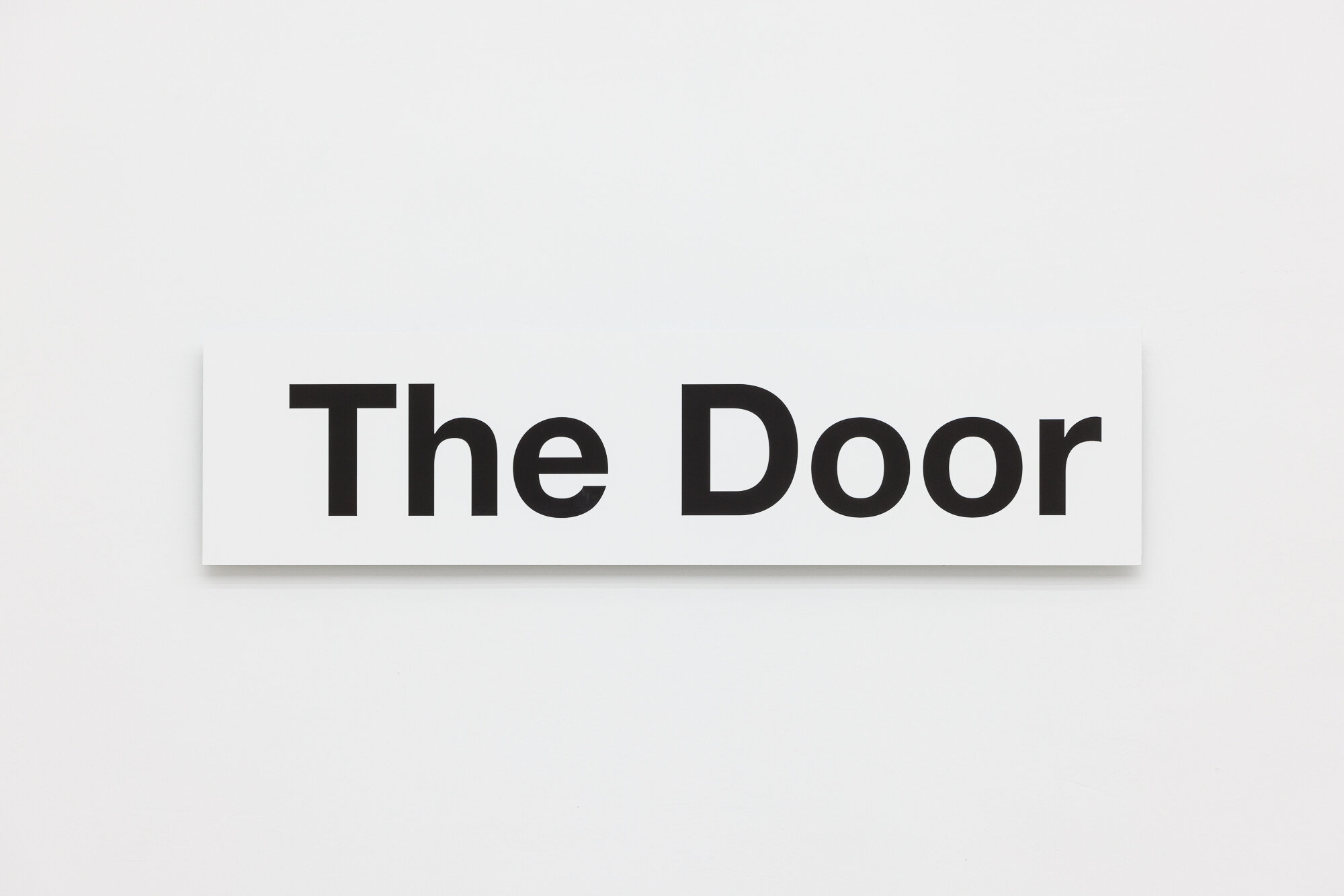
Heinrich Dunst, The Door, 2022
Five-part group of works, variable dimensions
Blank sheet, framed
Newspaper New York Times
Press board raw, 280 × 135 × 1,9 cm
Door leaf with metal mounts, 85 × 205 × 4 cm
Sign, print on paper laminated on Dipond, 88 × 22 × 1,5 cm
Courtesy Galerie nächst St. Stephan Rosemarie Schwarzwälder, Wien
Photo: kunst-dokumentation.com
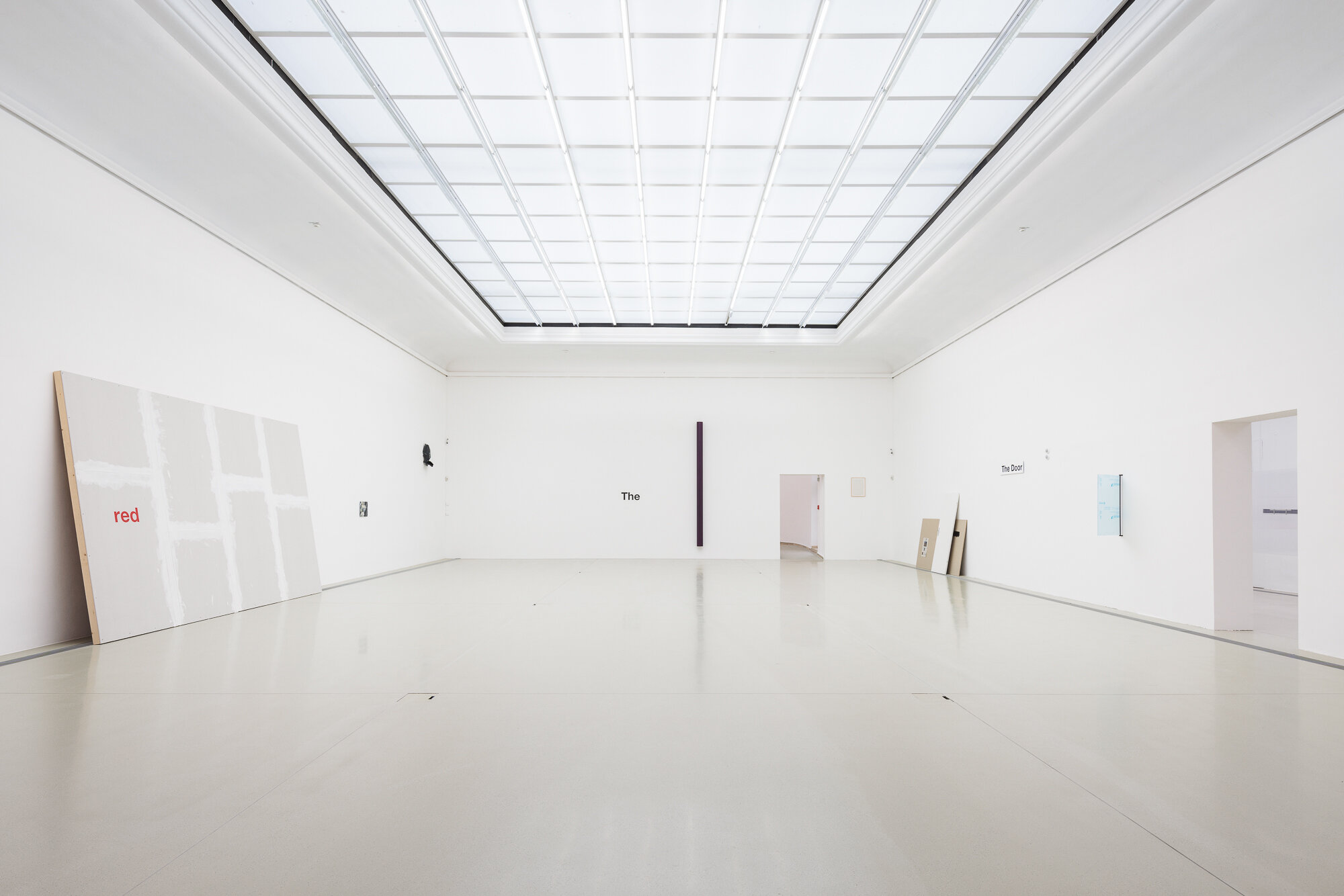
Heinrich Dunst: sink, 2023
Exhibition view
Photo: kunst-dokumentation.com
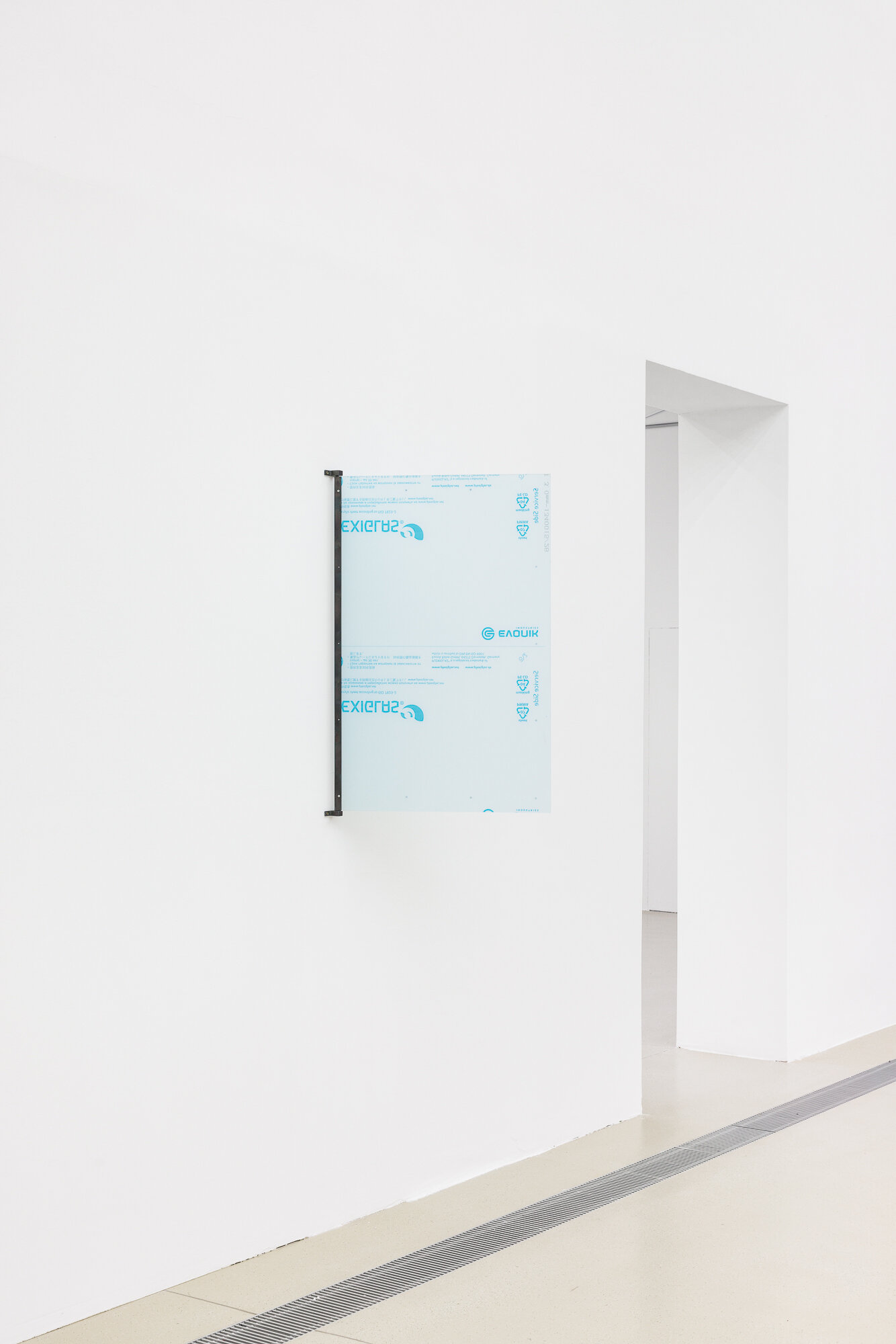
Heinrich Dunst, Ohne Titel, 2018
Plexiglas, framed
95 × 72 cm
Courtesy Galerie nächst St. Stephan Rosemarie Schwarzwälder, Wien
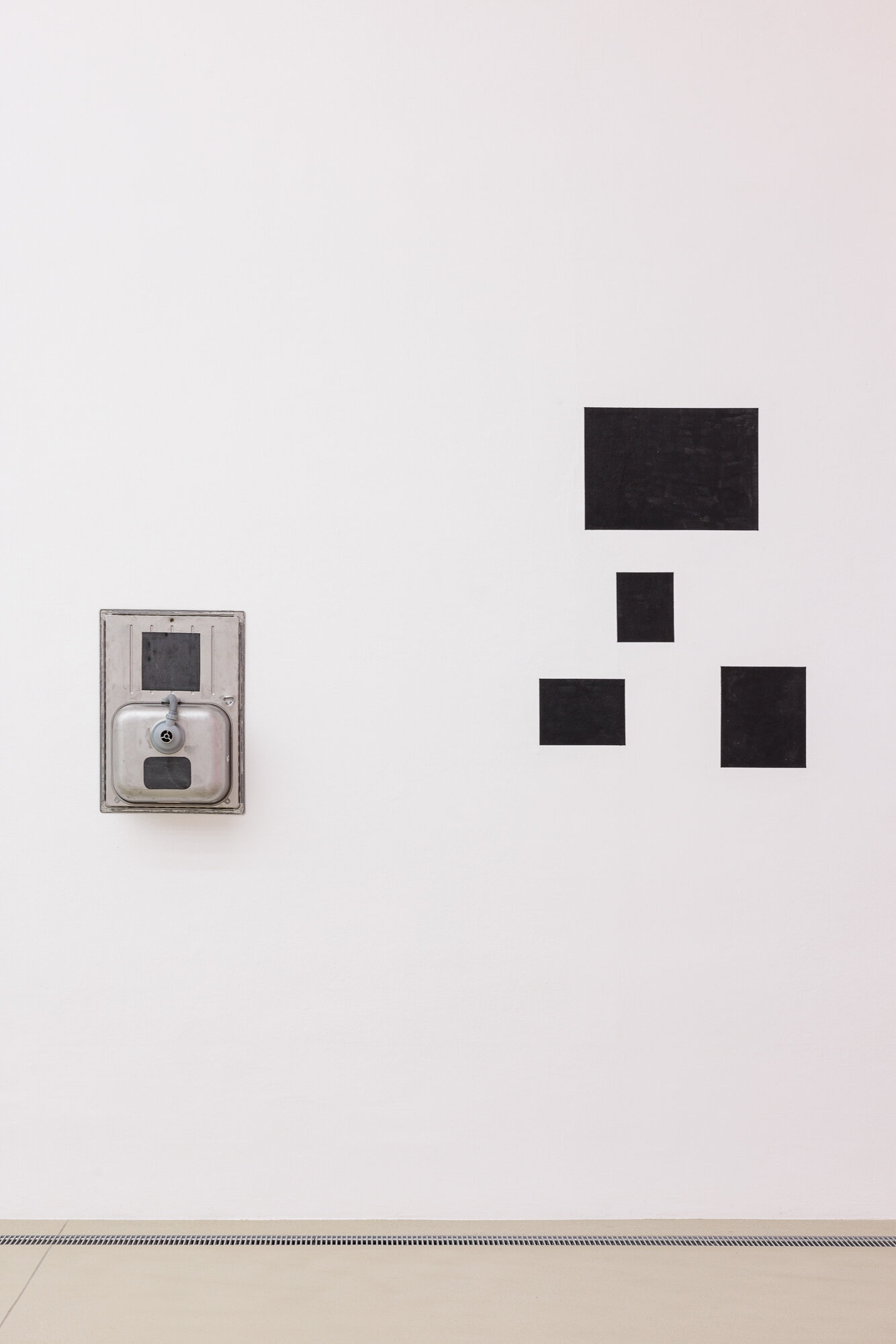
Heinrich Dunst: sink, 2023
Exhibition view
Photo: kunst-dokumentation.com
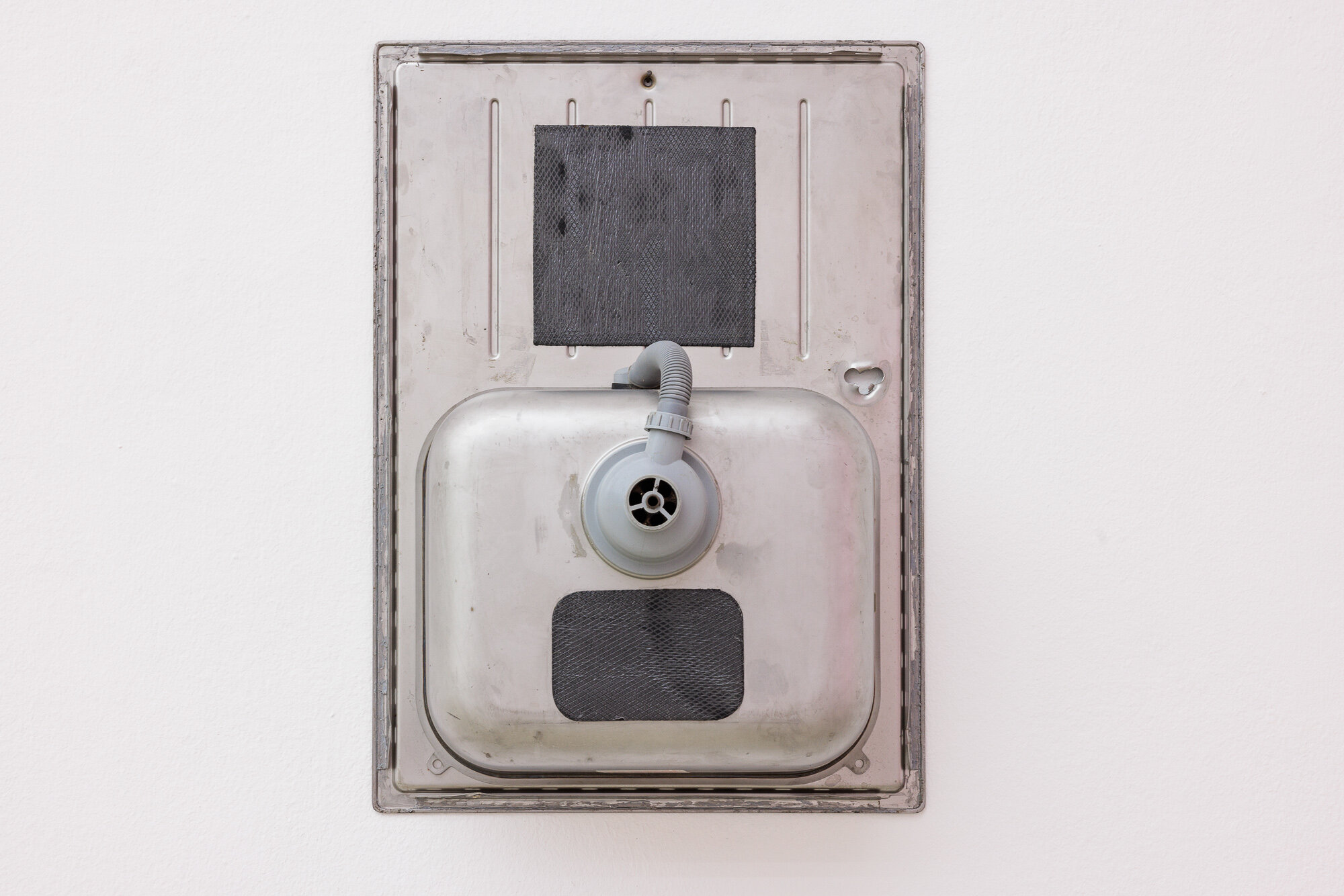
Heinrich Dunst, sink, 2023
Used sink with traces of use and glued sealing mat
70 × 50 × 30 cm
Courtesy Galerie nächst St. Stephan Rosemarie Schwarzwälder, Vienna
Photo: kunst-dokumentation.com
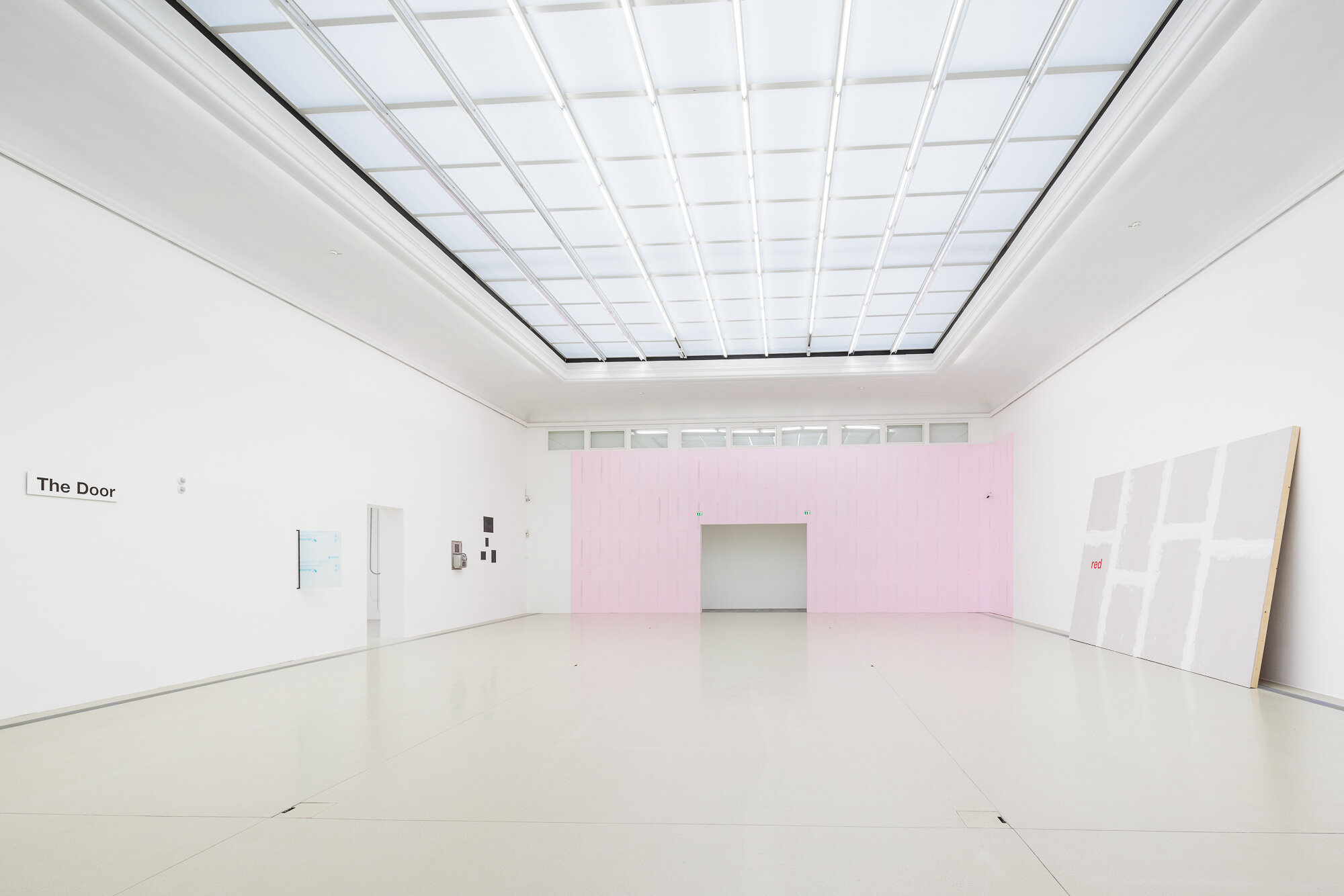
Heinrich Dunst: sink, 2023
Exhibition view
Photo: kunst-dokumentation.com
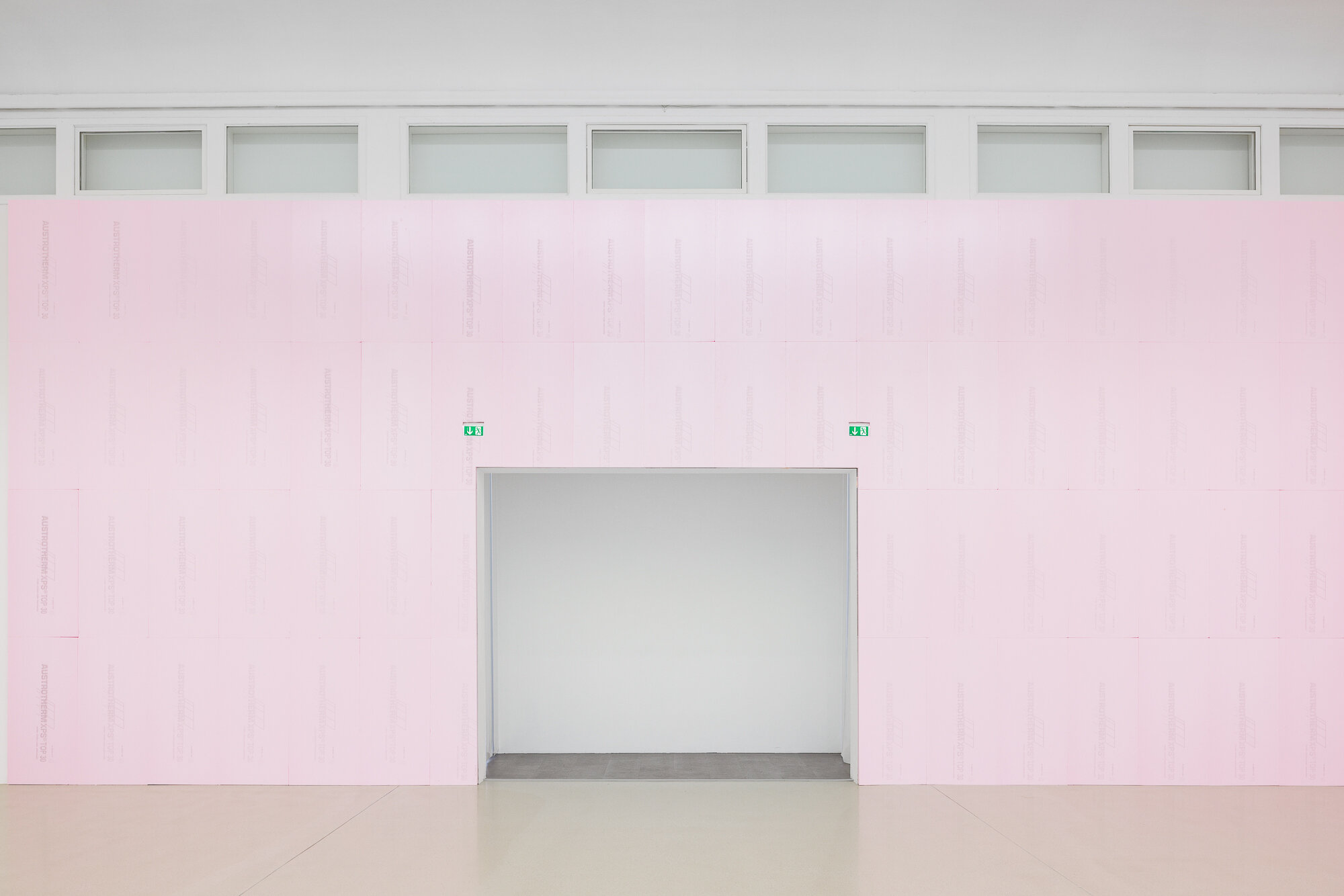
Heinrich Dunst, Dämmplatten, 2023
100 pink insulation panels, PS Austrotherm
Each 120 × 65 × cm, tongue and groove joints
1440 x 500 cm
Courtesy Galerie nächst St. Stephan Rosemarie Schwarzwälder, Vienna
Photo: kunst-dokumentation.com
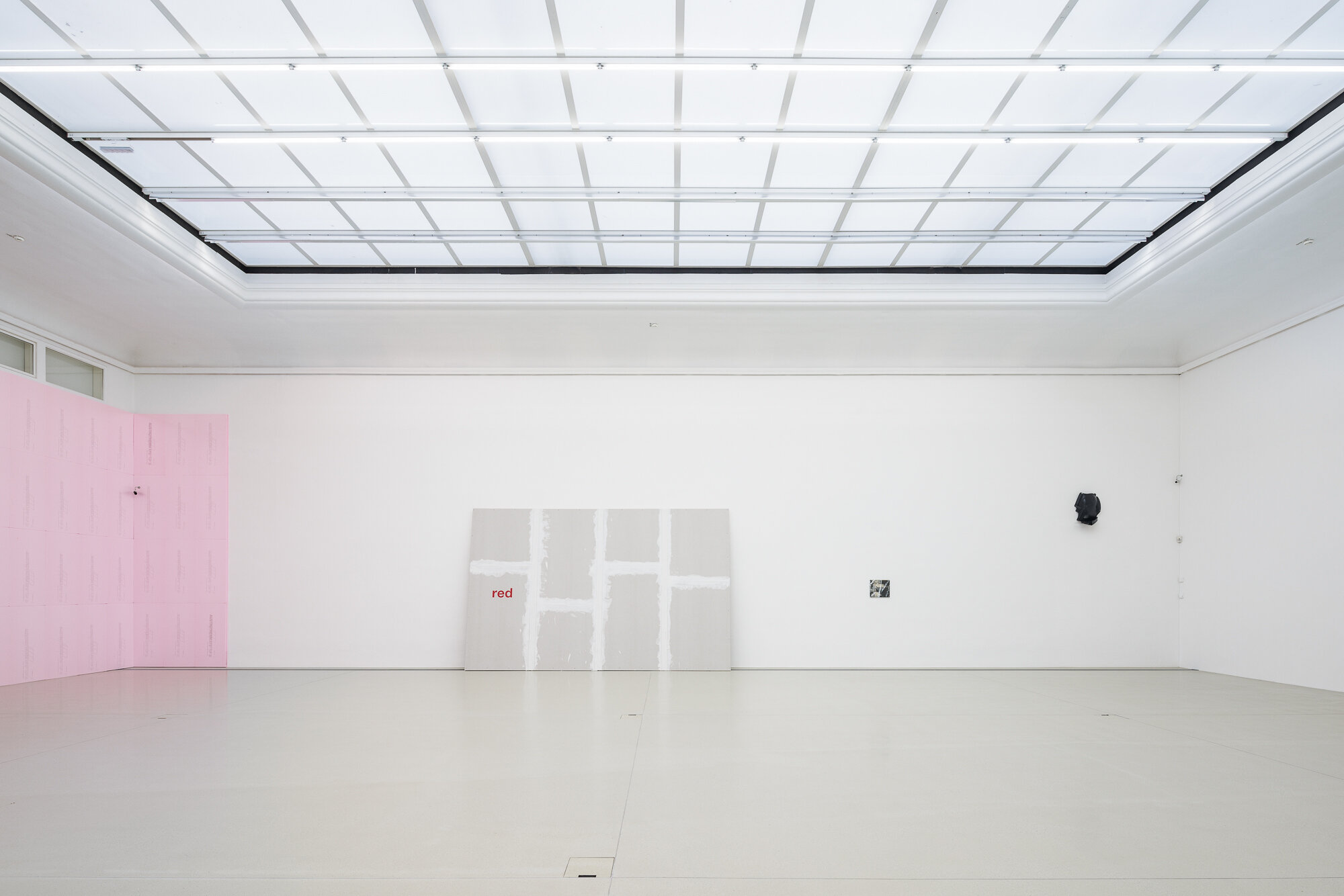
Heinrich Dunst: sink, 2023
Exhibition view
Photo: kunst-dokumentation.com
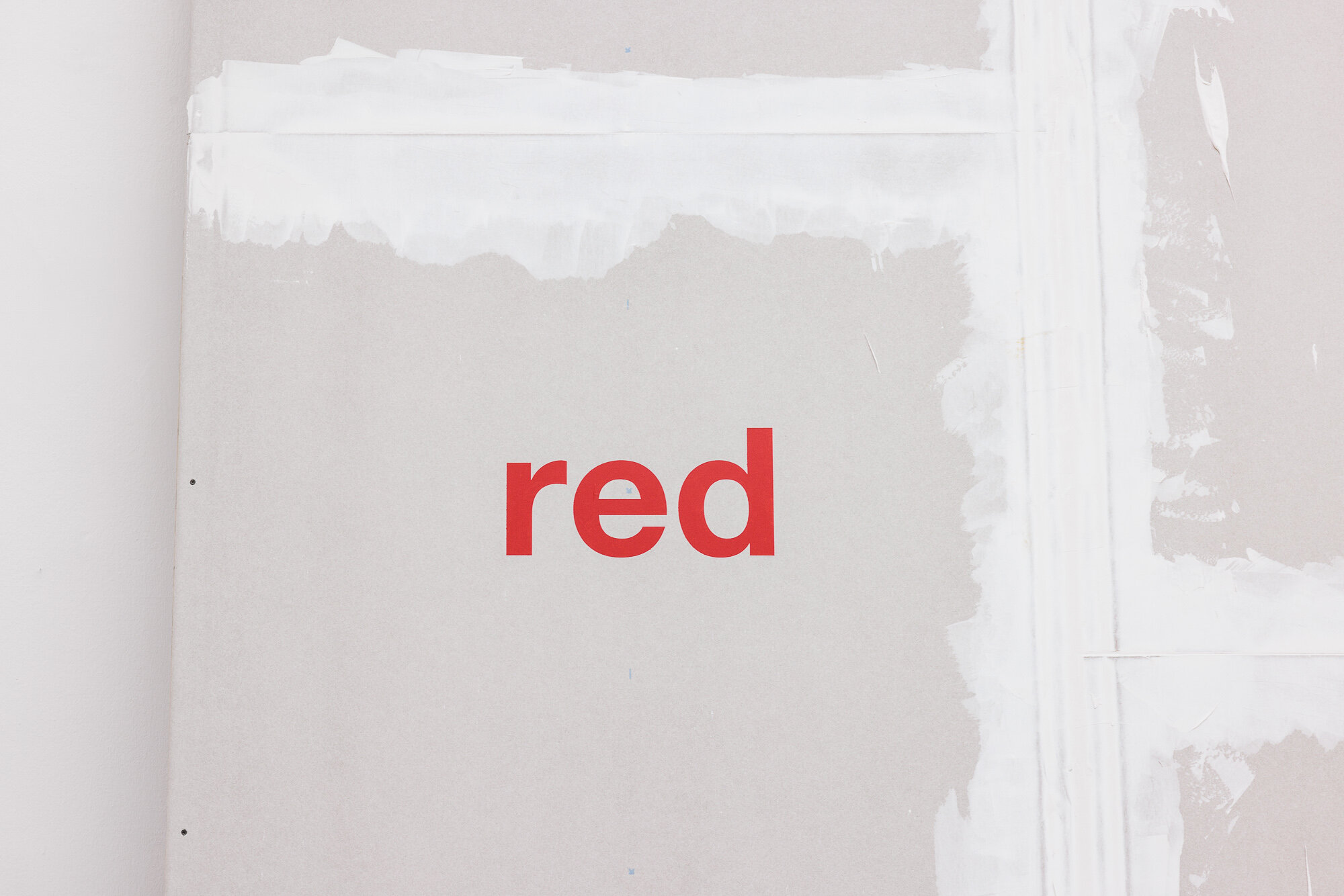
Heinrich Dunst, red, 2022/23
Sheetrock grouted, mounted on frame, with applied text (stencil)
500 × 315 × 8 cm
Courtesy Galerie nächst St. Stephan Rosemarie Schwarzwälder, Vienna
Photo: kunst-dokumentation.com

Heinrich Dunst, die Arbeiter, 2022
Digital print laminated on Dibond, painted
35 × 39 × 1.5 cm
Courtesy Galerie nächst St. Stephan Rosemarie Schwarzwälder, Vienna
Photo: kunst-dokumentation.com

Heinrich Dunst, Fundstück, 2022
Plastic
75 × 40 × 30 cm
Courtesy Galerie nächst St. Stephan Rosemarie Schwarzwälder, Vienna
Photo: kunst-dokumentation.com
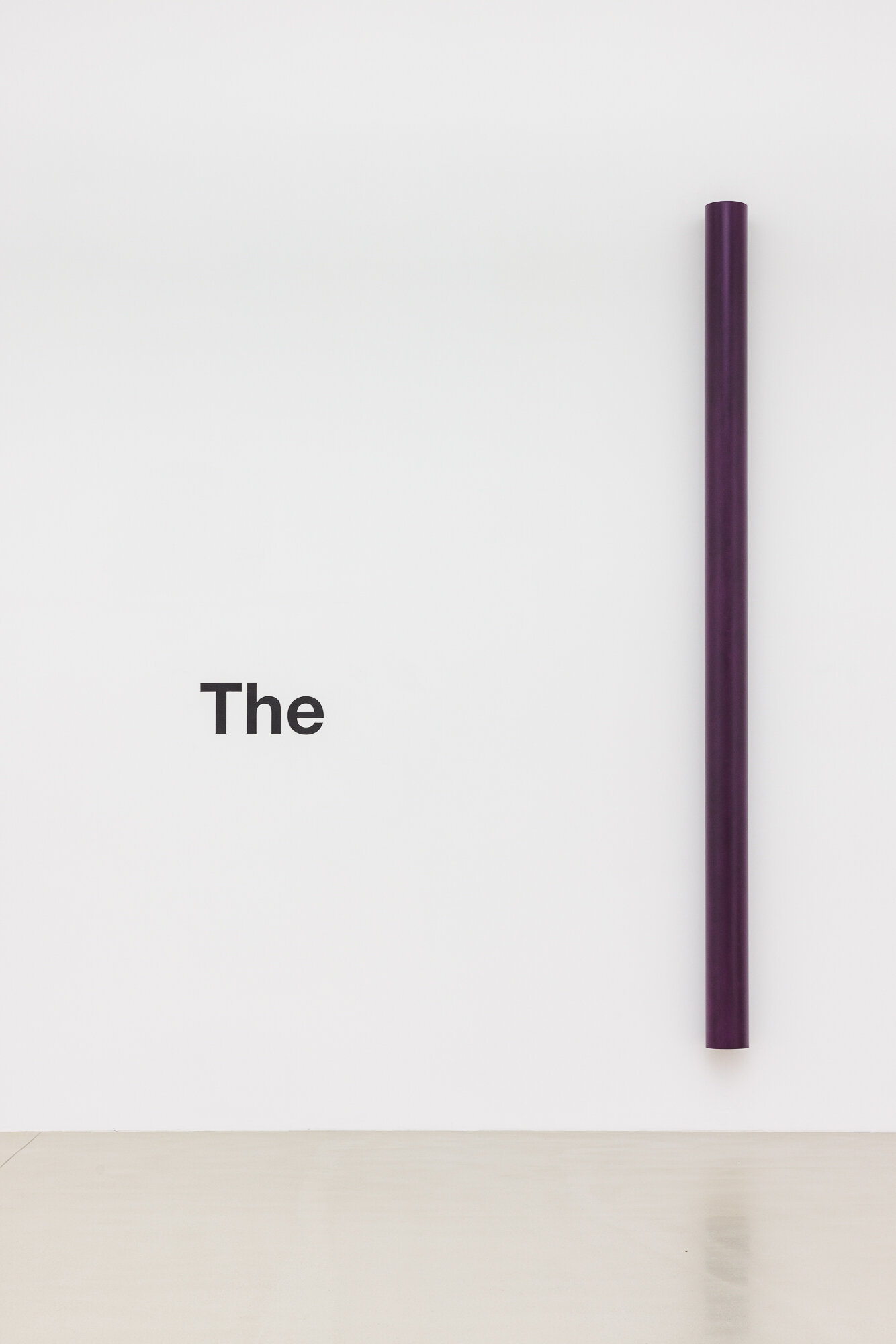
Heinrich Dunst: sink, 2023
Exhibition view
Photo: kunst-dokumentation.com
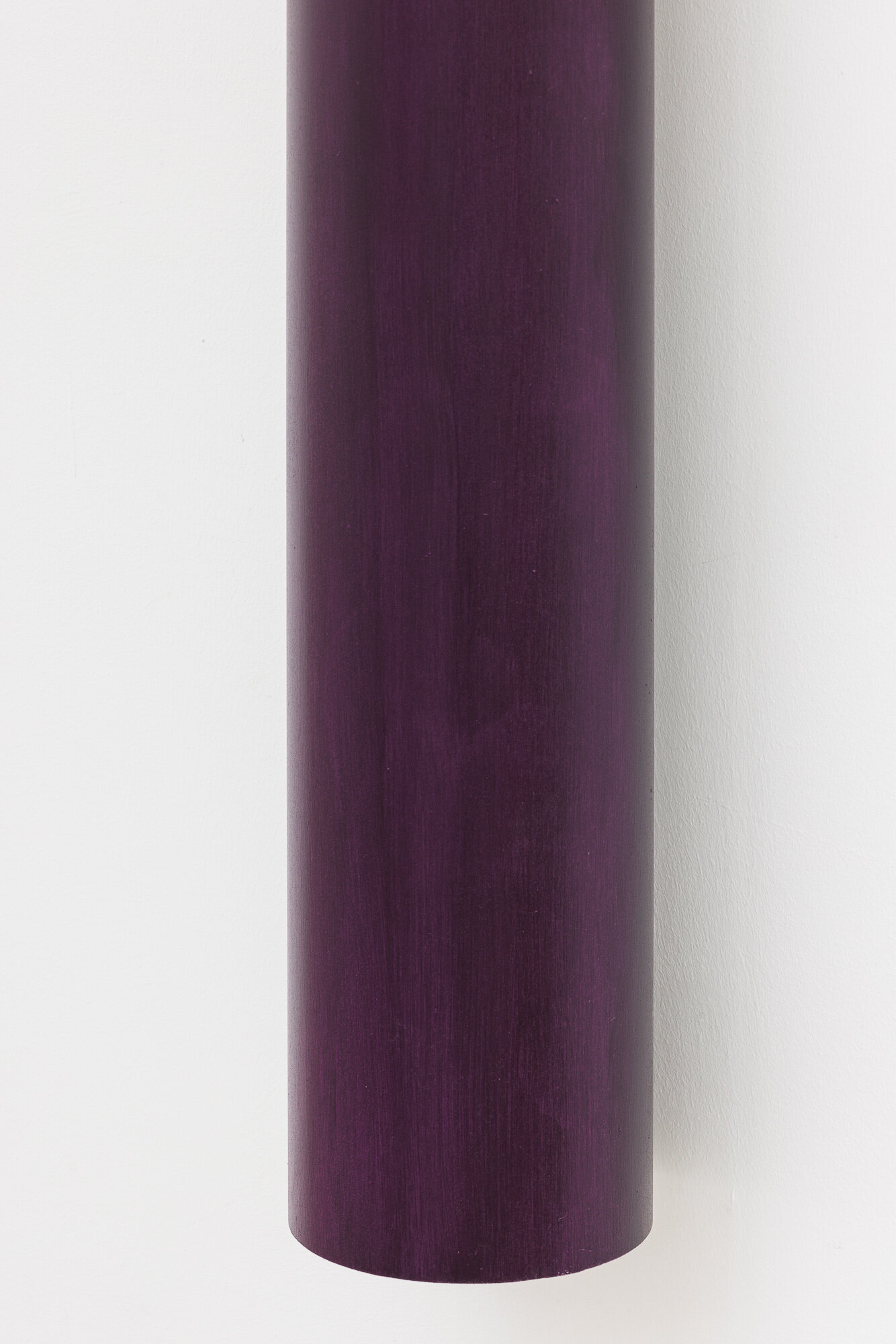
Heinrich Dunst, Rohr, 2023
(Detail)
Plastic tube painted cobalt purple
395 × 20 cm
Foto: kunst-dokumentation.com
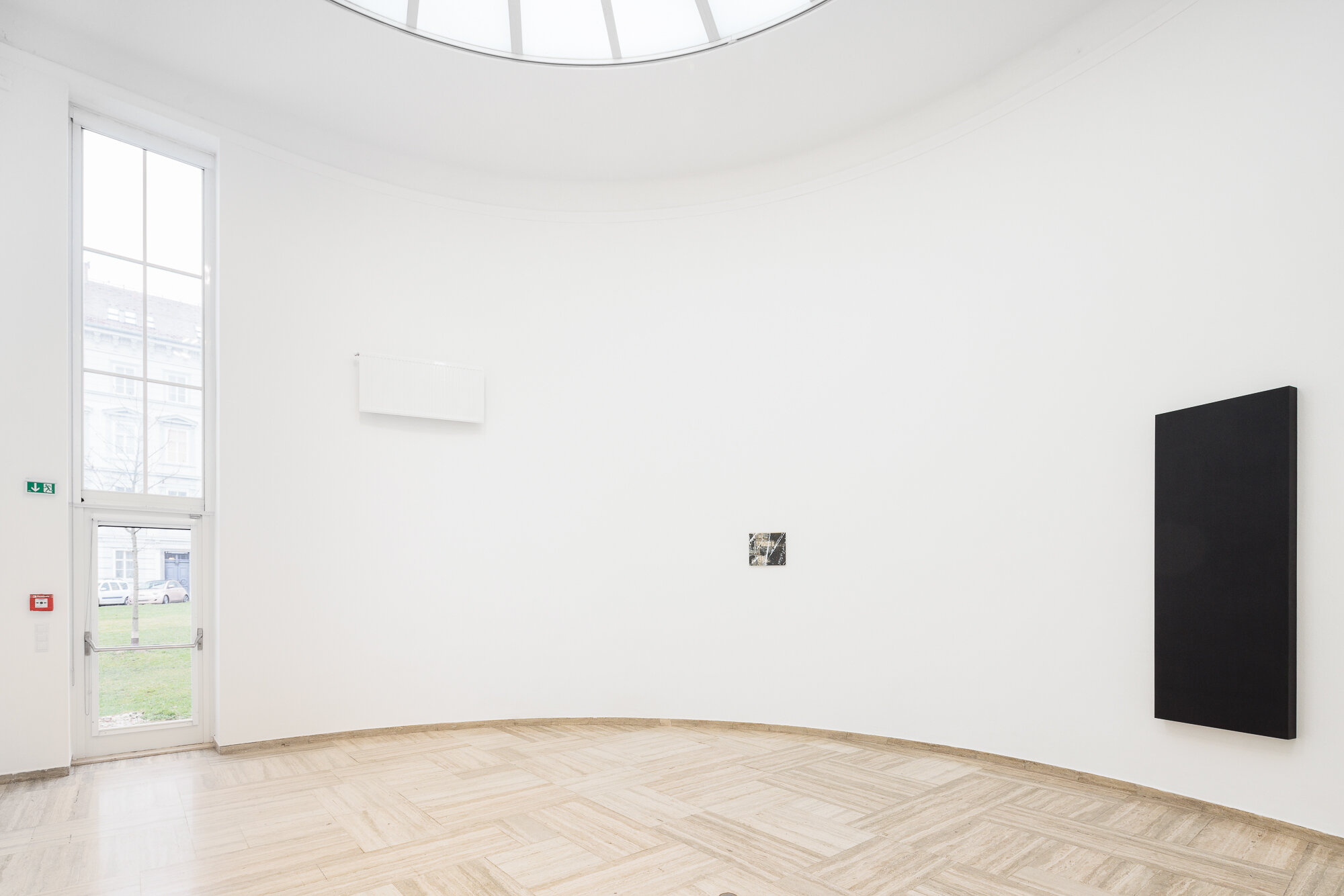
Heinrich Dunst: sink, 2023
Exhibition view
Photo: kunst-dokumentation.com
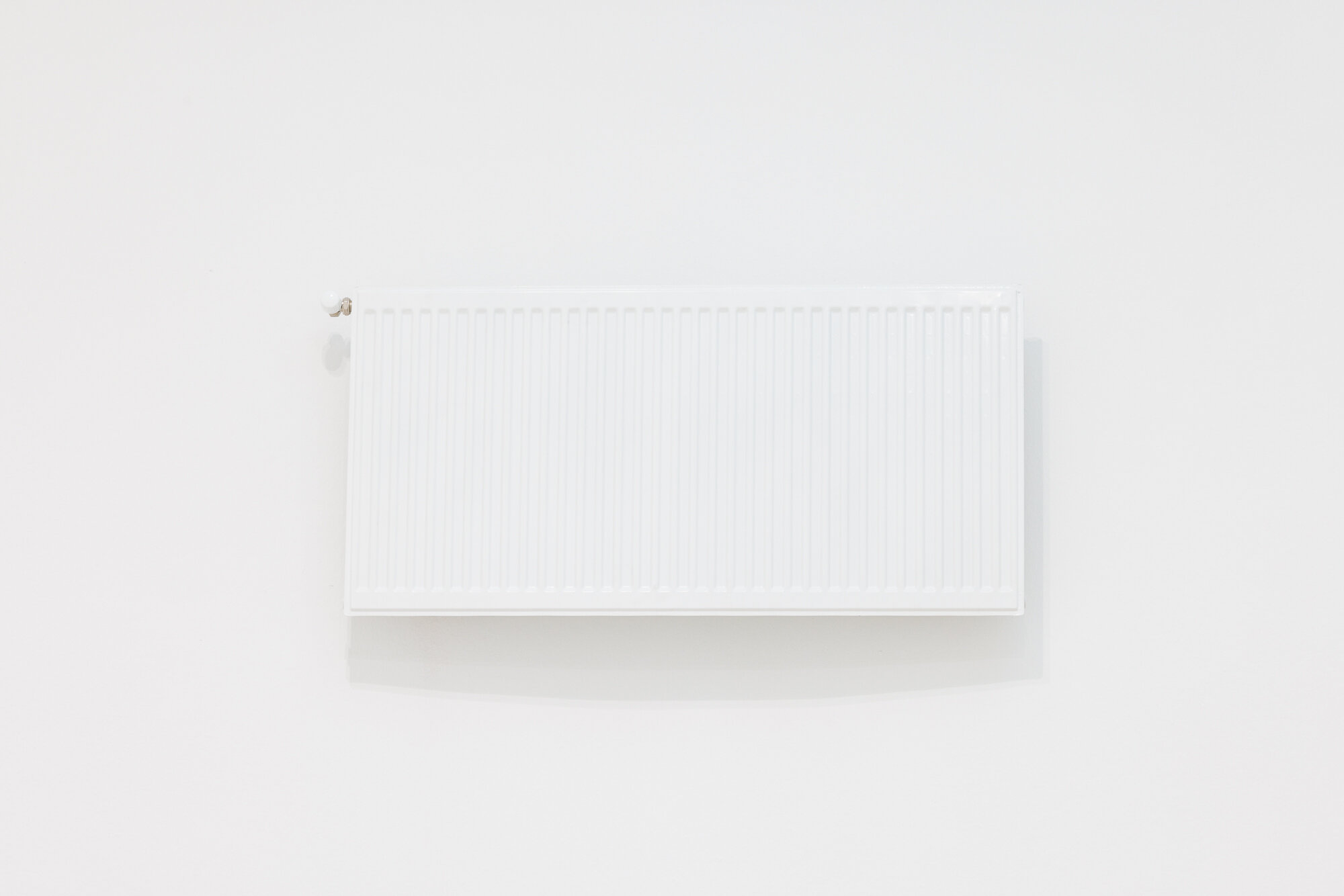
Heinrich Dunst, Ohne Titel, 2022
Radiator, with prefabricated suspension
120 × 60 × 15 cm
Courtesy Galerie nächst St. Stephan Rosemarie Schwarzwälder, Vienna
Photo: kunst-dokumentation.com
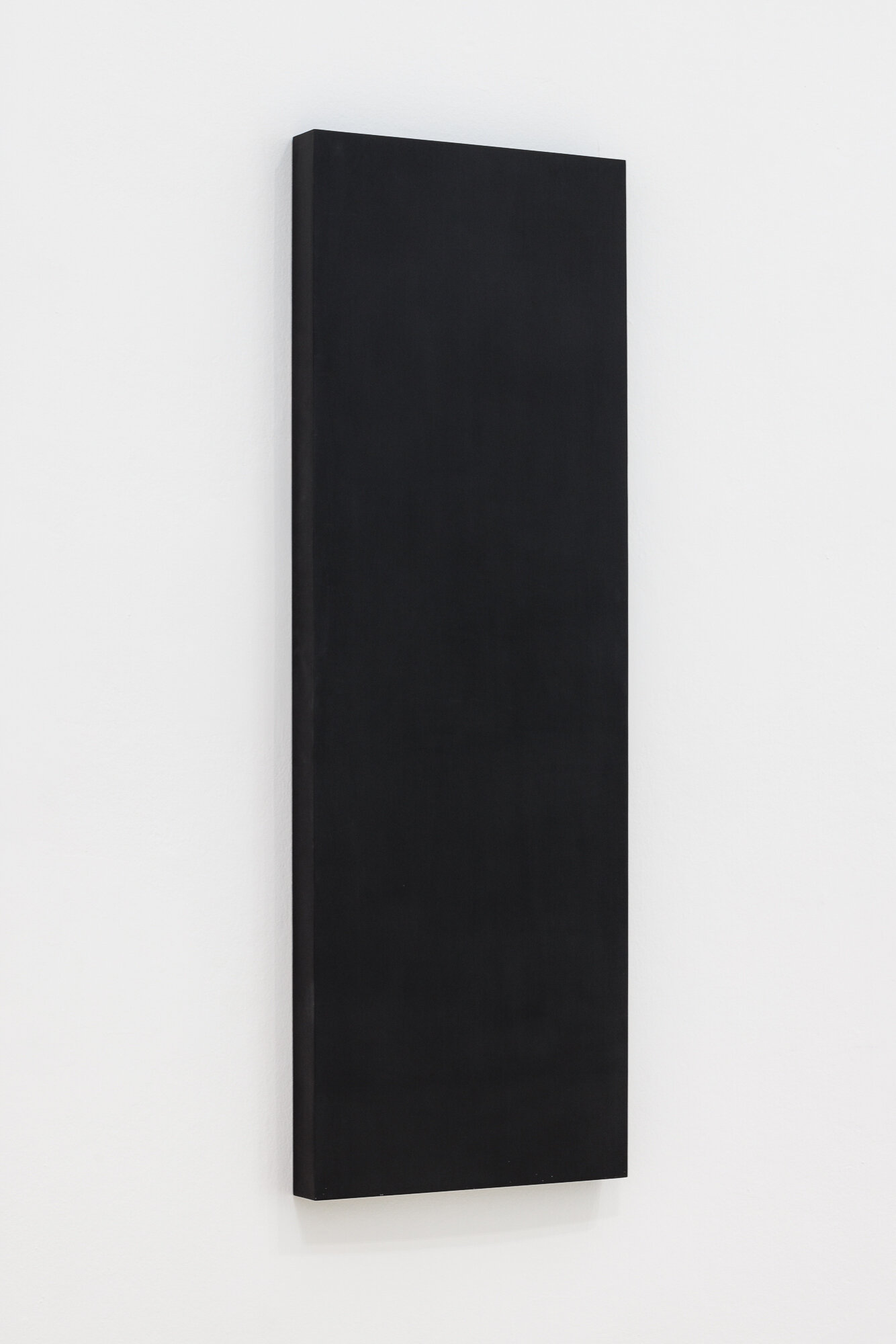
Heinrich Dunst, Ohne Titel, 1995
Oil on plywood
215 × 75 × 10 cm
Courtesy Galerie nächst St. Stephan Rosemarie Schwarzwälder, Vienna
Photo: kunst-dokumentation.com

Heinrich Dunst, That part of the concept corresponding to the wrist, 2023
Line of poetry by the U.S. writer Ben Lerner from the cycle Twenty-One Gun Salute for Ronald Reagan, No Art, Frankfurt/Main 2021, p. 352.
Wall text, paint applied by means of stencil
Courtesy Galerie nächst St. Stephan Rosemarie Schwarzwälder, Vienna
Variable dimensions
Photo: kunst-dokumentation.com
Text
Heinrich Dunst is currently seen as the Austrian conceptual artist. His work focuses on the analysis of art and on testing its potential, with language and object in an open dialogue with one another. Important questions concerning the function and the conditions of art are raised, and they run up against reality and its challenges. These finely tuned works follow a conceptual approach that refers to the specific place where they are presented within an open interplay of images, language, and context. The concrete production and processing of art is at the center, and it is directly and humorously tested as to its relevance. Dunst sets art and its signs in motion by creating a dynamic referential media interplay of the visible and invisible, composed of image, film, and language—thereby proposing possible responses to the ambiguous signs of our fragmented present. For HALLE FÜR KUNST Steiermark Dunst has created an expansive walk-in installation that can be entered from different directions and that unites his works in a stringent dramatic arrangement. The works here are nearly all new works made especially for this exhibition.
“That part of the concept corresponding to the wrist,”1 a line from a poem by the US author Ben Lerner, is set in large letters on the wall.* This and all the other objects and installations spread around the gallery already refer to an ensemble held together by poetic forms of language, like placeholders, hinges, or the wrist named in the text by Lerner. This ensemble is based on a specific sequence, and the structure of the exhibition named sink derives from the placement of objects, sculptures, and prints, which to a degree undermines habitual perspectives of words, images, and experienced situations, and also the conventions appertaining to the presentation of art therein. Even though the focus here is on the interplay of the various objects that are related to each other within the format of the exhibition, they are nonetheless understood as autonomous works in themselves. For the duration of the exhibition they are linked as individual forms that are transferred into other forms (object, text, gesture, medium, industrial production, sculpture, abstraction, monochrome work, etc.). This begins with a conventional (leading) medium, the daily newspaper The New York Times. The structure of this visual model, a title page, is then translated into further media forms. The aim of the form of transfer is to engender statements about the function and form of the interlinking of everyday objects and aesthetic forms. Like puns, in this exhibition we encounter objects liberated from their original contexts that are now charged with new meaning—industrially produced insulation material, out-sized cans, or the sink of the exhibition title. These transfers address different artistic methods and techniques in relation to the depiction and description of a specific object. These variable, but referential categories and a number of individually placed forms together interact with the model to produce a flow, and also productive gaps that permit different readings. The situation is reminiscent of a script of shifted meanings that has been laid open and within which poetry and language create remarkably concrete images, and reality and its objects can be viewed in a completely new light.
This show thus aims to make visible strategies of displacement, creating gaps, and changing speed within artistic idioms, in order to weave a rich network of forms that attempts to show how art is created between ideas, language, and objects. The associative spaces that are opened up in this way leave the beholder with a myriad of possible interpretations, even though the artist has set up a formally strict sequence of works. Heinrich Dunst addresses the “migration of forms” including grasping at the objects whose status that can otherwise be so difficult to adequately describe in our media-based ephemeral age, and yet this concerns their so hard-to-achieve contemporary definition as works of art. The exhibition title sink has a clarifying role here, as to how language can become image, and how the transfer and openness of an object toward other forms can be potentially possible in the face of all the difficulties. Thus, each individual beholder may find their own ideas, concepts, and social anchor points when reacting to Dunst’s enactment. Ultimately, the impossibility of any free and easy direct medial transfer of language, and perhaps also visuality, and particularly this non-transferability is what interests Dunst as a way to nonetheless create contemporary forms.
The exhibition is accompanied by a program of events, education, and a publication with saxpublishers (Vienna). By way of dialogue with this exhibition, we are presenting the international group show on affairs, in which a younger generation of artists explores the technique of isolating objects, images, and language within our contemporary plethora of text and image signs.
Curated by Sandro Droschl
- ^ From the cycle Twenty-One Gun Salute for Ronald Reagan, No Art, London 2016.
Artists
Participating artists
Heinrich Dunst
Among many others we allow us to highlight following shows: nächst St. Stephan Rosemarie Schwarzwälder, Vienna (2019, 2013), House of Art, České Budějovice (2018), KOW, Berlin (2016, 2014), Kunstverein Schwaz (2015), Ludwig Forum, Aachen (2015), Kunsthalle Wien, Vienna (2014) and Secession, Vienna (2014).
Reviews
- artmagazine, "Heinrich Dunst - sink: Poetische Scharniere", Florian Gucher Online, 26.2.2023
- Kleine Zeitung, "Kunst zwischen Idee, Sprache und Objekt", Maraček Leung Print, 31.1.2023, PDF (737 KB)
- Kronenzeitung, "Wandertouren für den Kopf", Michaela Reichart Print, 28.1.2023, PDF (1 MB)
- springerin, "Heinrich Dunst: sink / on affairs", Rahma Khazam Print, PDF (2 MB)
- MOUSSE, "Heinrich Dunst 'sink' Online, 7.4.2023
- Contemporary Art Library, "Heinrich Dunst 'sink' Online
Press
Downloads & Dates
- Invitation card Heinrich Dunst. sink PDF (30 KB)
- Presse Heinrich Dunst. sink PDF (92 KB)
- Press Heinrich Dunst. sink PDF (96 KB)
Partners
This exhibition is supported by
- AUSTROTHERM Dämmstoffe
